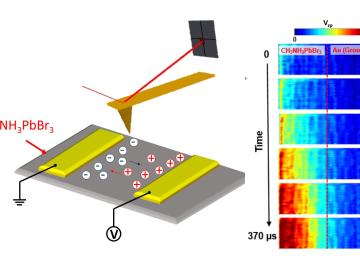
Filter News
Area of Research
News Type
Date
Media Contacts
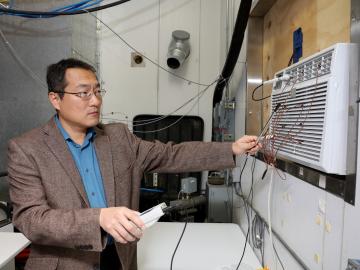
Cooling homes and small office spaces could become less costly and more efficient with new early stage technology developed by Oak Ridge National Laboratory. Researchers designed a window air conditioning unit that uses propane as the refrigerant, cooling the air with 17 percent h...
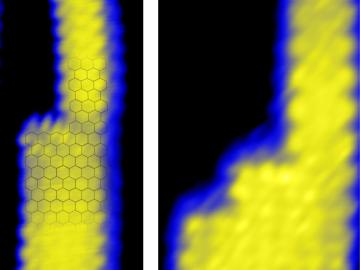


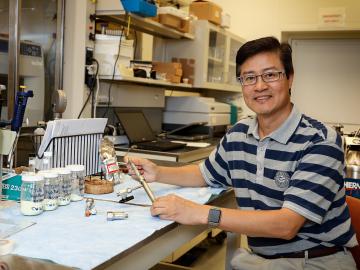
Chemical and biomolecular engineer Michael Hu has spent his career devising novel means to filter, separate, and select desirable materials from liquids and gases with an eye toward better biofuels, biochemicals, pharmaceuticals, and other products—and is setting his sights on app...

Inspired by her computer science studies and the possibilities of 3D-printing, intern Elizabeth Yeoh-Wang found a way to combine those pursuits as she worked on a software project at the Manufacturing Demonstration Facility (MDF) at Oak Ridge National Laboratory (ORNL) last summer. Elizabeth, a r...
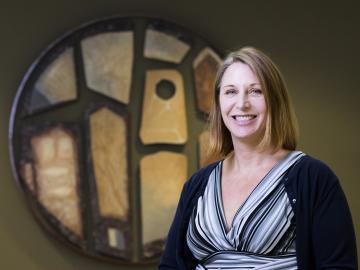
Interdisciplinary work has been a hallmark of Julie Mitchell’s career, and it is a strength she expects to leverage in helping solve some big science challenges as she steps into the role of Deputy Director of the Biosciences Division at Oak Ridge National Laboratory (ORNL). Mitchell will support...
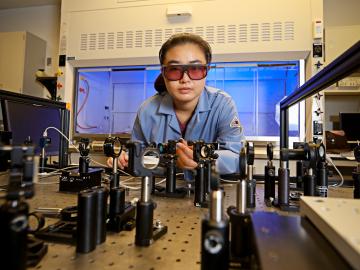
In Chengyun Hua’s research, everything revolves around heat and how it moves. As a Russell Fellow at the Department of Energy's Oak Ridge National Laboratory, Hua carefully analyzes nanoscale heat transfer mechanisms using laser spectroscopy. “Heat is being generated from every...

A new Oak Ridge National Laboratory-developed method promises to protect connected and autonomous vehicles from possible network intrusion. Researchers built a prototype plug-in device designed to alert drivers of vehicle cyberattacks. The prototype is coded to learn regular timing...
